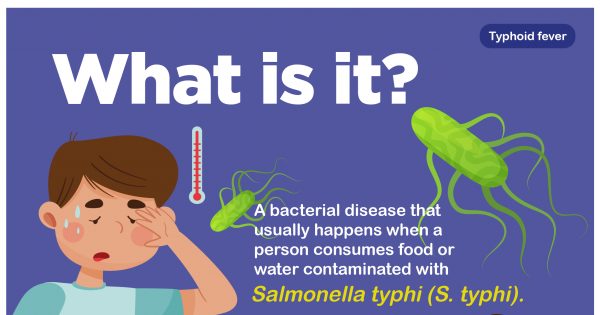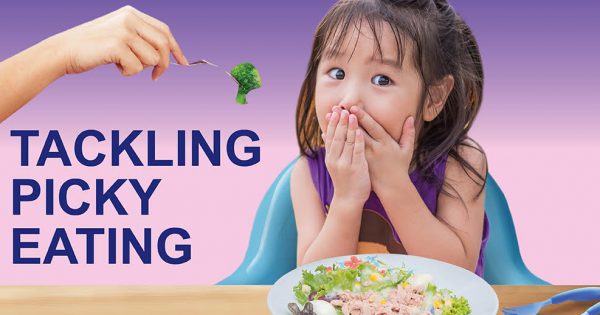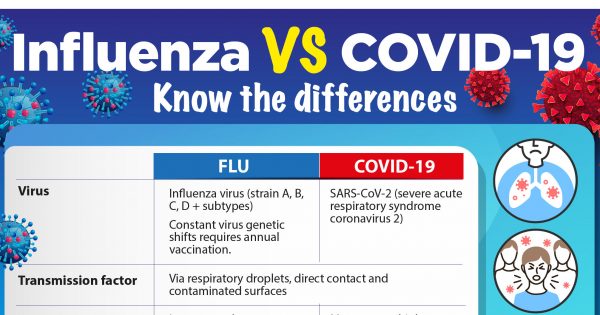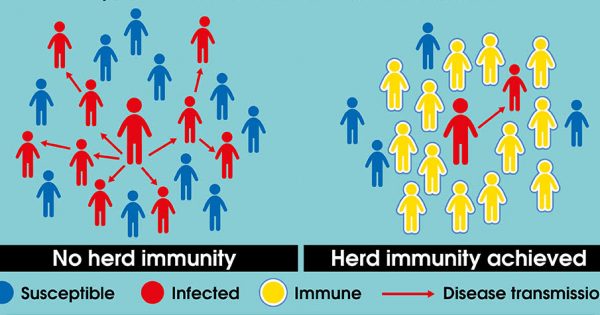What is choking?
According to the American Academy of Pediatrics (AAP), choking is defined as the blockage or hindrance of respiration by a foreign body obstructing the internal airway.
Is it dangerous?
Choking has been one of the leading causes of child morbidity and mortality especially for those under 3 years of age.
What are some common choking hazards?
a) Food – nuts, seeds, popcorns, chunks of peanut butter, raisins etc.
b) Miscellaneous items – small toys, balloons, buttons, coins, pieces of pet food, pen or marker caps etc.
How can you prevent choking?
a) Childproof your house.
- Don’t leave your personal stuff lying around on the floor
- Use childproof containers to store all your belongings such as keys, smart phones, coins. Keep the containers far from reach (store more than 1.75 meters above floor level).
- Keep poisonous products such as detergents, bleach out of reach and label them properly.
- Regularly check under your sofas and in between the cushions, tables and carpets for hazardous items.
- Neatly fasten, tie up and place all wires, extended cables, drapes and curtains out of reach.
- Keep all sharp and hazardous objects in locked drawers or cabinets.
b) Pick age appropriate toys for your child.
- Choose toys that are properly made and don’t fall off easily.
- Probe the toys for small parts, detachable components and sharp edges.
- Store all toys in a container after playtime.
- Supervise smaller children during playtime and don’t let your older child share his/her toys (and food) with the baby.
c) Be vigilant, supervise!
- Make sure your child’s mealtimes are being supervised by you, your spouse or caregiver at all times.
- Child should be sat up straight and he/she shouldn’t be simultaneously eating while playing, running or walking.
- Avoid feeding your child while in the car.
- Cut solid foods into bite-sized pieces (no larger than ½ an inch) or lightly chew them before feeding your baby.
- Cook harder food like carrots or broccoli until they are soft and chewable.
- Hydrate your child often between mouthfuls.







Comments